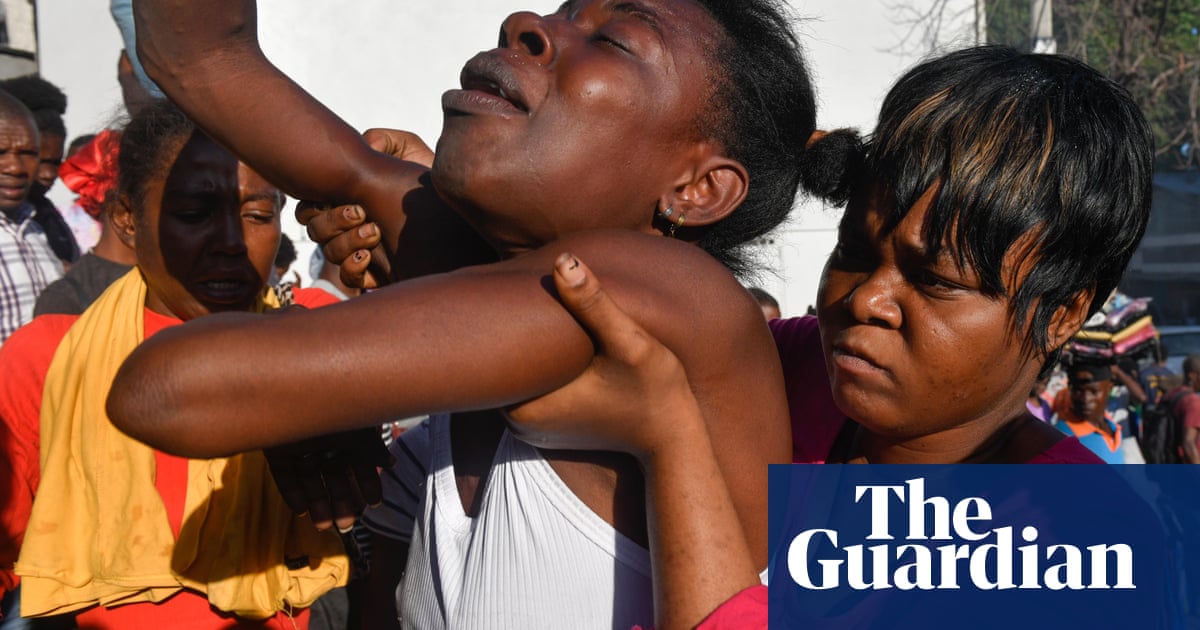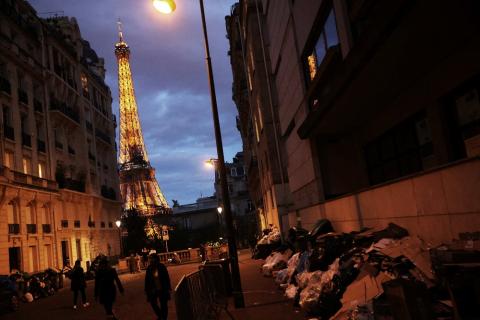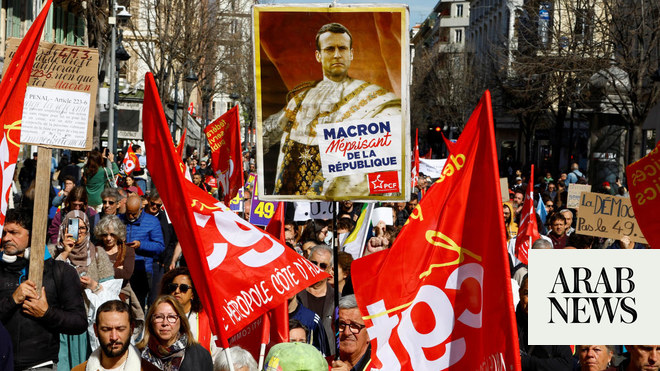
Clenching a fist, Tatiana Angulo talked about the killings of her neighbours’ two teenage sons.
“They got mixed up in it,” said Angulo, 34, who runs a peace theatre group, reenacting the stories of local victims. “We used to be able to hang out and have a laugh on the street corners, but now that’s where the killings happen.”
The port city of Buenaventura, on Colombia’s Pacific coast, has long been infamous as the “capital of horror”, with a history of brutal killings and “casas de pique”, or chop houses, where bodies were dismembered and dumped in the sea.
Recent weeks have seen a new wave of violence as armed gangs compete for territory in neighbourhoods and incite fear among the mainly Afro-Colombian population. “We’re literally scared for our lives. I’m scared for mine, at least,” said Angulo, wearing a T-shirt with the slogan “Let’s make a pact for peace”.
Many Bonaverenses are scared to talk about what is happening for fear of reprisal. They say armed groups are active on social media and keep track of those who speak out against them. The Guardian spoke to more than 20 residents and to civic organisations about the violence. All said it was the worst they had experienced since the 2016 peace deal, which many hoped would bring an end to decades-long conflict across Colombia.
Violence intensified in the small city of around 400,000 people at the end of last year, when gunmen killed seven young men. An 8pm curfew has been in place since the killings. Two groups, Los Chotas and Los Espartanos, are behind the recent fighting. Both broke away from the now-defunct La Local, and authorities say they are involved in “illegal economies” and recruitment of children.
“In my neighbourhood, the recruitment of young people is happening a lot, children as young as nine or 10,” Mosquera said.
Fighting has driven around 30 families from their homes in recent weeks, according to the municipal ombudsman’s office.
Danelly Estupiñán, a social activist, arrived to meet the Guardian in a bullet-proof car, accompanied by two bodyguards. She has been forced to live under protection since the release of an investigation she worked on five years ago, exposing corruption in the city’s port. She has received numerous death threats and is continually followed.
“It’s a really critical situation, a humanitarian crisis,” she said about the new burst of violence. “There’s collective panic, a generalised sense of insecurity where we can’t feel at ease even in our own neighbourhoods or houses or in public spaces.”
Estupiñán talks about the many “invisible borders” between neighbourhoods that make it impossible, or extremely dangerous, for local people to even move around. She feels compelled to keep advocating for change in her impoverished region. “I feel that all the threats are nothing in comparison to the injustice the people of Buenaventura live through,” she said. “If I can’t live in peace in my own territory, I’ll continue to take on risks to at least try to make a change and not just turn a blind eye.”
Monica’s voice trembles as she talks of the evening a few weeks ago when a young man was taken from her neighbourhood by an armed group. His whereabouts remain unknown. “People are terrified in their own homes,” said Monica, in her mid-30s, who asked the Guardian to protect her identity. “People are underneath their beds in the evenings because they don’t know what time the shootouts will start.”
Protests in recent weeks have seen young people at the forefront. The largest was on 11 February, when 80,000 people formed a human chain to protest for peace.
About 60% of Colombia’s imports and exports pass through Buenaventura and people say they deserve better from the government. Rapper and activist Leonard Rentería, 28, said he is sick of inequality and the lack of opportunities. “The reality of poverty, abandonment and unemployment is that a lot of young people end up joining these groups,” Rentería told the Guardian inside a recording studio built by young people from the neighbourhood.
His lyrics touch on the violence people encounter on a daily basis in his city. But his attitude has come at a price. He has had numerous death threats and, like most others who speak out, has to be accompanied by a security team.
“Rap has been a form of protest for me … a way to publicly show the reality here, but it’s also a way for me to express all the anger I feel for everything that goes on here,” he said.
Local politicians and citizens are calling on President Iván Duque to come to Buenaventura to support the protests. On the campaign trail in 2018, Duque proclaimed himself “an adopted child” of the city and promised to make the port one of his top priorities. He has yet to return.
Human Rights Watch (HRW) said security forces focus “almost exclusively on targeting commanders of armed groups”, but do not take enough steps to dismantle groups, or attack their financing. “The situation in Buenaventura is a clear example of the failings of the security strategy of the Colombian government,” said Juan Pappier, senior Americas researcher at HRW.
“The government seems to believe that killing or arresting a commander will automatically bring protection. But the recent experience shows they are wrong. Oftentimes, the commanders are quickly replaced. Other times, such as in recent months, the arrests result in divisions within the armed groups and bring fighting among factions and more suffering for the people.”
The Puente Nayero humanitarian space in the La Playita neighbourhood is an impoverished area of about 500 families, atop a former landfill. Raw sewage runs beneath wooden houses on stilts. This neighbourhood used to be the site of the most terrifying legacy of the city, the chop houses, where armed groups would torture and dismember their victims. Some of those we interviewed say chop houses still operate in other parts of the city, just not as openly as before, and limbs are left in the streets as a warning.
The streets here have been patrolled by the military since 2014, to rid the neighbourhood of gangs and let residents live in peace. It has been a success.
Nayibe Valencia Angulo, 36, is the wife of a teacher who was “disappeared” in 2018 from their village on the Naya River by armed groups. After receiving threats, she left with her family and now lives in the protected humanitarian space.
“The violence has been relentless [in the past weeks]. It’s shocking what people are living through in Buenaventura. The saddest thing of all is that many families have had to leave their homes,” she said, adding that people can cope with Covid but not “this pandemic of violence”.
“The government is to blame. There are so many young people here without work or employment opportunities,” she said, holding a laminated A4 print of a photograph of her husband.
Many people in Buenaventura – despite the government’s inaction – still hope for a better future. “It has to change. We can’t keep living like this,” said Monica, thumping her hand on the table. “There are more good people than bad ones, and we need to make this land better for our children … to live in peace, which is the most basic thing, for goodness sake!”












